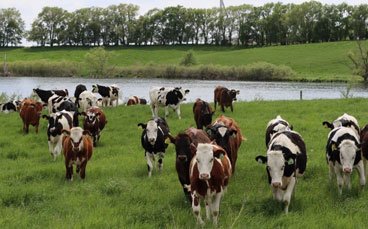
Featured Farm: WCROC Organic Dairy
(NODPA) The inner workings of an organic dairy research farm may not be quite as mysterious or glamourous as one may have presumed. After all, that cutting-edge research - whose findings are presented at numerous dairy conferences - can sometimes feel far removed from the actual day-to-day realities of operating a dairy farm. But life on the WCROC dairy research farm isn’t so different from that of any small dairy operation.
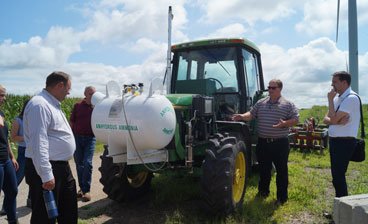
From Fertilizer to Fuel: Can Green Ammonia Be a Climate Fix?
(Yale360) Ammonia has been widely used as a fertilizer for the last century. Now, using renewable energy and a new method for making ammonia, researchers and entrepreneurs believe “green” ammonia can become a significant clean fuel source for generating electricity and powering ships.
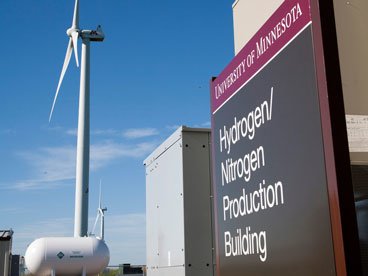
Green Ammonia Could Produce Climate-Friendly Storage
(Proceedings of the National Academy of Sciences of the United States of America) Curbing climate change goes hand-in-hand with decarbonizing energy production. But how can communities continue to meet the global demand for electricity without releasing more CO2? A cadre of chemists says one solution may be hiding in an unlikely source: ammonia—the pungent, clear, nitrogen-rich gas, or liquid, that’s most often used as an agricultural fertilizer.
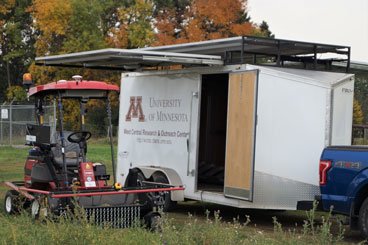
Cowbot! Coming to a field near you?
(CERTs) Renewable energy scientist, Eric Buchanan, was recently interviewed by the Clean Energy Resource Teams (CERTs) about how the WCROC developed a solar-powered robotic mower, dubbed the "Cowbot."
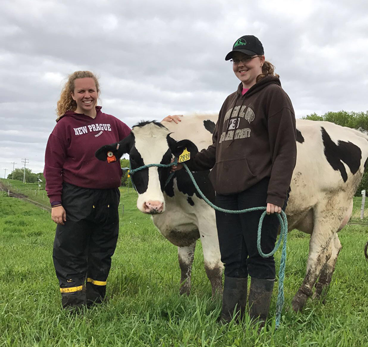
Graduate training program: Communicating beyond science to scientist
(National Hog Farmer) Students graduating from graduate or professional programs related to livestock production are frequently less prepared than employers might desire for success in allied industry careers. Specifically, they often lack well-honed interpersonal communications skills and practical experience in livestock production systems. To begin to address these concerns, the Departments of Animal Science at South Dakota State University, North Dakota State University, University of Nebraska-Lincoln, and University of Minnesota with contributions from companies in the allied livestock industry have developed a communication training program for animal science graduate students named “Communicating Beyond Science to Scientist.”
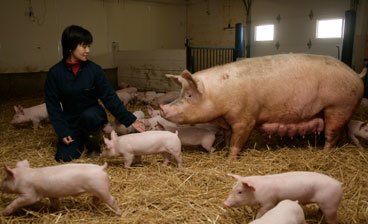
U of MN Team Wins USDA Grant for Organic Swine
A multidisciplinary team led by Dr. Yuzhi Li was recently awarded funding to investigate hybrid rye production and its uses in raising organic pigs. The Minnesota project is part of a federal Organic Agriculture Research and Extension Initiative (OREI) investment.
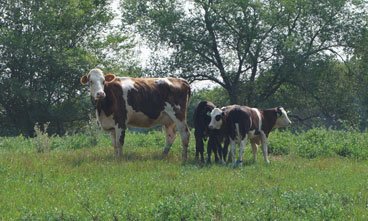
The craze of calves on cows
(Dairy Star) Dairy farmers are always looking for ways to be more efficient and productive on their farms, while also creating the best welfare environment for their animals. For organic producers, the practice of raising calves on cows is gaining more traction for all these reasons.
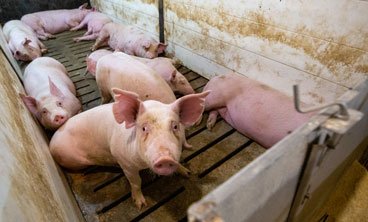
Wean-to-estrus interval: Is full feeding beneficial?
The wean-to-estrus interval (WEI) is defined as the number of days between weaning and the first day standing heat is observed. This is a critical timepoint to breed newly weaned sows to ensure herd productivity and maintain a high number of litters produced per sow per year.
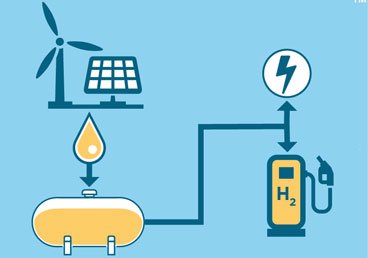
Refueling Carbon Neutral Liquid Fuel
Working to find outside-the-box solutions that address existing limitations of energy technologies is a unifying goal among many ARPA-E programs. The WCROC will be demonstrating next-generation ammonia production thanks to funding from ARPA-E.

Renewable Energy Ammonia Production Research Continues at the WCROC
In a joint project with RTI International, the State of Minnesota, and several Minnesota utilities, U of MN researchers will soon be taking on a new project which aims to re-imagine next-generation processes for producing and using low-carbon energy carriers like ammonia.
